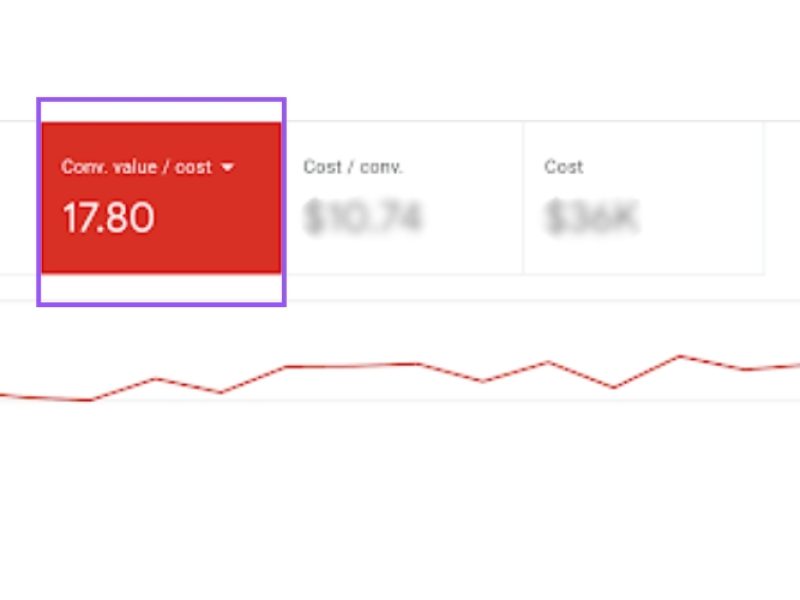When it comes to online advertising, AdWords is perhaps one of the most popular pay-per-click (PPC) services out there. Unlike traditional methods where your ads budget can dry up quickly without much to show for, with AdWords you only pay when someone clicks on your advertisement. You choose a keyword for your ad, bid on it, and spend only the amount you established from the beginning every time someone wants to check out your offer
It seems pretty straightforward, right? So why the confusion with how much AdWords costs and how Google charges your AdWords account? And why do so many business owners burn through their monthly budget without any significant result? Well, some particularities need discussing to grasp this process fully. Let’s take them one by one.
You might also be interested in HOW MUCH WILL GOOGLE ADWORDS COST ME?
Adwords Payment Options
Manual Payments
Manual payments are fees you pay to Google before you create and run ad campaigns. Similar to a prepaid phone, you need to add funds first if you want to enjoy the full benefits. The manual payment system is especially useful for businesses that can’t afford high advertising costs.
For example, if you have a fixed budget of $200 for AdWords, you can set up your account for manual payments and forward the money. The ads will run up until they reach that threshold so you won’t have to worry about exceeding your budget. However, you can still set up a daily spend limit. For instance, you might want to stretch that $200 budget over the course of several weeks. No problem, you can do that. Or, you might want to go back and add some extra funds into your ad campaign. Great, make the payment, head on to the ad settings and set the new budget.
But what if you run out of money and the ad suddenly stops? Well, Google will email your AdWords account before that happens, letting you know that the funds are almost over.
If you want to set a manual payment, then you need to know that you will need to deposit a minimum amount to your account. This fee can vary based on location, payment type, and other factors, but it’s relatively low. You can also store your credit card information in your account, although Google won’t charge it automatically.
There are a few more things to consider:
- The processing time for adding funds to your account can take even up to a week. So, if you don’t want your ads to stop running because Google hasn’t received your money, you’ll have to deposit the funds ahead of time.
- Some countries will have to pay the VAT (Value-Added-Tax), so the costs will be slightly bigger than just the fixed budget.
Automatic Payments
When money’s no problem, and you have a more generous advertising budget, it might be easier to opt for automatic payment. All you have to do is add a payment method to your AdWords account, and Google will charge you when you reach the payment threshold. What is that, you ask?
You’re not alone. Google’s ad payment threshold can be a bit confusing. There are two to speak of:
- The 30-Day Rule
Google will charge your account every month, exactly 30 days after the previous payment. As time goes on, your charge date will change.
So if you make the first payment on November 1st, the next one will be on December 1st. But after that, you’ll be charged again on December 31st, exactly 30 days after. It isn’t a complicated billing cycle, but you need to keep an eye on the calendar to make sure you have the funds for the automatic charge.
- The Budget Threshold
The second threshold is where things can get a bit complicated. It’s a payment made after your account exceeds the established cost threshold. Each account receives one from Google; you don’t get to set it up.
Usually, new accounts will start at a $50 threshold so your account will be charged anytime it goes over that budget. And to make it even more complicated, Google routinely changes your account threshold over time. So for instance, after you’ve paid the $50 for exceeding your limit, Google will assign a new, bigger one. If you don’t exceed it in a 30-day timeframe, then you’ll be charged by the 30-day rule.
These payments are made based on how much money your ads run, and not the time they’ve been live. So if you exceed the established threshold, it’s possible to make several payments a month, depending on how much your ad spends.
That means you’ll reach the threshold in a shorter amount of time, and you’ll have to pay. Just keep an eye on your AdWords account. If you can’t afford to exceed the threshold in a couple of days, then adjust the daily budget.
Other Payment
A few other things influence the amount you end up paying Google:
- Keyword prevalence: If multiple competitors bid for the same keyword as you, its price goes up.
- Maximum bid: It refers to the highest amount you’re willing to pay for a keyword. High bids can let you win the race, but they also drive up your cost-per-click (CPC).
- The CTR: The better the click-through rate, the lower the cost-per-click.
- Keyword quality score: Google gives you a lower CPC when your keywords, landing page, and ads have a high-Quality Score.
Back to You
No, Google’s not charging you whenever it feels like it. AdWords payments are only problematic if you don’t track your ad performance. Campaigns that bring in a lot of leads will, of course, cost more, because you’re being charged by clicks. If that’s not a luxury you can afford, then a manual payment schedule is better for you.
Or, let the experts handle it. Australian Internet Advertising can make sure you won’t ever have to worry about your AdWords payments again.






